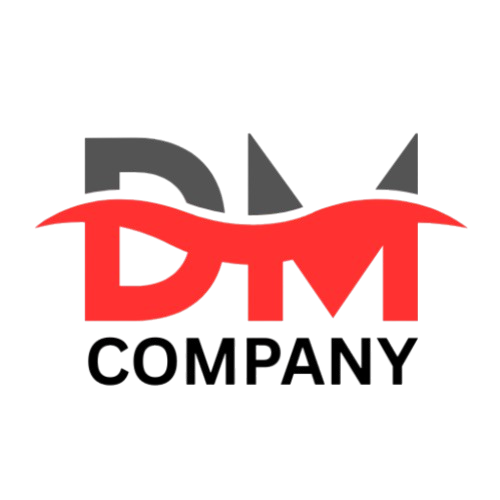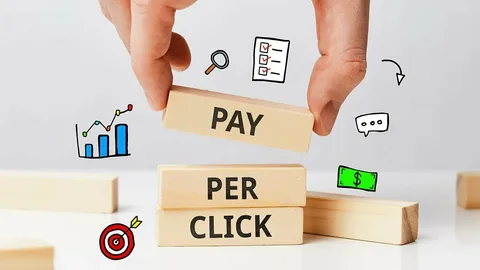What is PPC and How Does It Work?
Pay-Per-Click (PPC) advertising is a digital marketing model where businesses pay a fee each time their ad is clicked. Common platforms include Google Ads, Bing Ads, and social media sites like Facebook and Instagram. Unlike organic marketing, PPC delivers instant visibility by placing your ads at the top of search engine results or in user feeds, driving targeted traffic to your website.
Benefits of PPC Advertising
PPC offers measurable, cost-effective results. You can set your budget, target specific demographics, and see exactly how your ads perform. Whether you’re promoting a product, service, or event, PPC ensures you reach the right audience at the right time. It’s especially effective for new businesses looking to gain quick traction or for seasonal campaigns requiring immediate impact.
Keyword Strategy and Ad Optimization
A successful PPC campaign starts with thorough keyword research. By targeting high-intent keywords relevant to your business, you can attract users who are ready to convert. Ad copy also plays a vital role—compelling headlines, strong calls-to-action, and relevant landing pages increase click-through rates and reduce cost-per-click (CPC).
Tracking, Reporting, and Continuous Improvement
PPC campaigns are not “set and forget.” Regular monitoring and optimization are essential. Tools like Google Ads Manager and analytics dashboards provide valuable insights into performance metrics like CTR, conversion rate, and ROI. Marketers use this data to refine campaigns and improve results over time.
Conclusion:
PPC services offer a powerful way to drive traffic, leads, and sales. With the right strategy and ongoing optimization, businesses can achieve immediate results and long-term growth.

